Closely following developments and demand of agricultural products
As a traditional key and potential export market for Vietnamese agricultural products, China is experiencing changes in consumption demand in 2025 with new requirements for quality inspection of agricultural products and food. This closely follows information to adjust export goods necessary for businesses to increase turnover in this market.
According to a report by the US Department of Agriculture (USDA), in the coming time, China’s coffee consumption will continue to increase as this tea-loving country switches to drinks containing higher levels of caffeine, playing an inevitable role in the growth of global demand for coffee.
 |
|
Purchasing durian for export in Phuoc Long Town, Binh Phuoc Province. |
In the context of recent domestic output fluctuating at only 2 million bags, import turnover plays a major role in meeting China’s soaring demand for coffee. Previously, commercial instant coffee dominated, but high-quality green coffee accounts for more than 60% of total imports.
Retail stores are concentrated in Beijing, Shanghai, Guangzhou and Shenzhen, and are springing up in less populated cities such as Chengdu, Hangzhou, Suzhou and Chongqing, boosting coffee consumption.
The Vietnam Coffee and Cocoa Association said this is an opportunity for Vietnamese coffee exporters to penetrate deeper into the Chinese market, in addition to the long-standing main market of Europe.
In particular, businesses need to pay attention to the strong growth in China’s green coffee imports, from just 900,000 bags in the 2014/2015 crop to an expected 3.6 million bags in the 2024/2025 crop.
Previously, Vietnam and Indonesia were China’s leading suppliers of green coffee, but Brazil and Colombia have since surpassed them.
Therefore, this is the time for the Vietnamese coffee industry to prioritise promoting this consumption segment. In addition, China's demand for instant coffee imports remains relatively stable, forecast to reach 1.8 million bags in the 2024/2025 crop year, with supplies coming from leading producing countries such as Vietnam and Malaysia.
Regarding the strength of fruits and vegetables, General Secretary of the Vietnam Fruit and Vegetable Association Dang Phuc Nguyen said China has been and is a large market for Vietnamese fruits and vegetables, but at the same time, it is still a potential market with a lot of room for growth.
In contrast, China increased its durian imports from Vietnam in 2024, up 49.4% in volume and 37.5% in value compared to 2023, reaching 736.72 thousand tons, worth 2.94 billion USD.
In addition to durian, China increased its banana imports from Vietnam in 2024, up 23.7% in volume and 7% in value compared to 2023, reaching nearly 625.25 thousand tons, worth 261.45 million USD.
These are typical figures for the fruit consumption demand of this large country, serving as a basis for Vietnamese enterprises to focus on production and export to meet market demand.
In addition to the items with many export prospects in 2025, there are also items forecast to decrease demand in the Chinese market, specifically cassava and cassava products.
However, in early January 2025, the cassava starch consumption situation was quite gloomy. Although the cassava starch inventory in China was very low, traders still did not have plans to buy as much as in previous years, even though it was now the main crop season.
Meanwhile, in this market, cassava and cassava starch from Vietnam compete strongly with similar products from Thailand, Laos and Cambodia. Many Chinese cassava starch factories are actively investing in factories in Laos due to cheaper cassava and labour prices.
Therefore, Vietnamese cassava enterprises must proactively plan production and improve product quality to maintain and expand market share in the Chinese market.
Along with fluctuations in agricultural product consumption demand, at the beginning of 2025, China also issued several new announcements related to regulations on importing agricultural products and food.
Accordingly, the Office of the Vietnam Sanitary and Phytosanitary Notification Authority and Enquiry Point (SPS Vietnam) has received a notification from the Secretariat, SPS-WTO Committee, on the draft amendment of China’s General Administration of Customs (GACC) regulations on the registration of imported food production establishments abroad.
One of the draft's main points is the recognition of equivalent systems. Accordingly, if the food safety management system of a country (region) is recognised by GACC, the competent authorities of the country (region) can send a list of recommended food production enterprises registered in China to GACC.
GACC will approve the list of manufacturers, manufacturers will be registered and granted registration numbers in China. However, if necessary, GACC can select all or part of the companies on the list of food manufacturing companies registered in China proposed by the competent authorities of recognised foreign countries (regions) for random inspection and verification through video and on-site inspection.
GACC can refuse to register the relevant enterprise and terminate the recognition of the food safety management system of the relevant foreign countries (regions) based on the results of the risk assessment.
In addition to the contents on enterprise registration, the draft also amends and supplements products that are required to have an official registration recommendation letter from the competent authority of the exporting country (region), such as sausage casings.
On the contrary, some products are excluded from this list, such as roasted coffee beans and some green vegetables. The SPS Vietnam requested that units provide comments on the draft content to the SPS Vietnam before March 1, 2025, for synthesis and submission to GACC, Deputy Director of the Vietnam SPS Office Ngo Xuan Nam informed.
 Bắc giang
Bắc giang
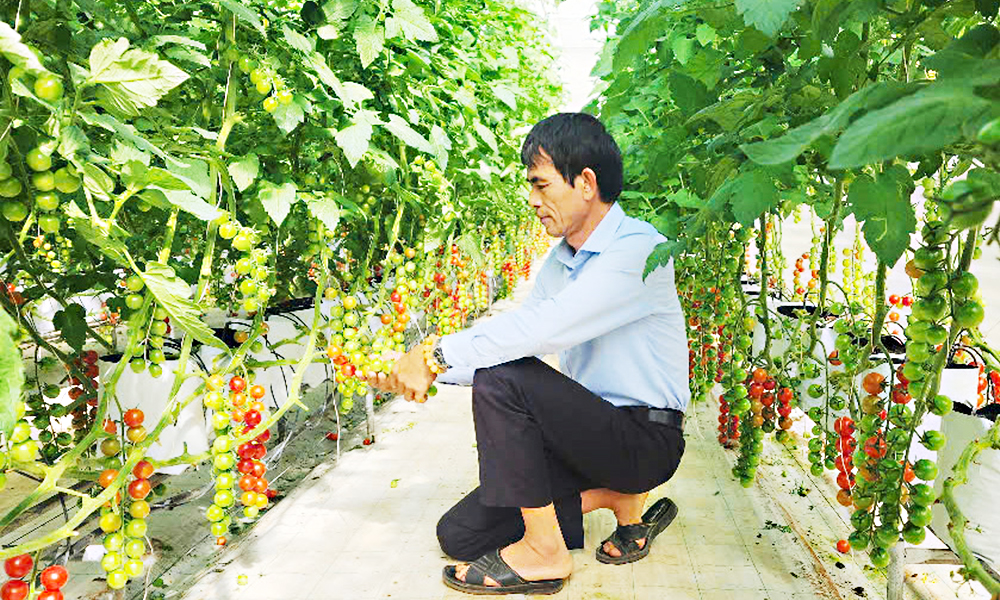
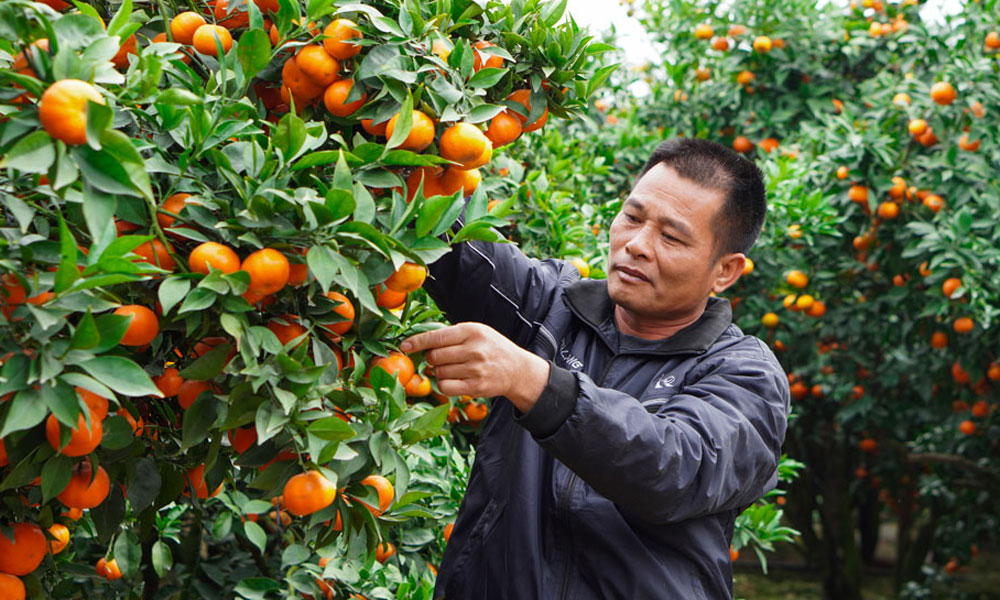

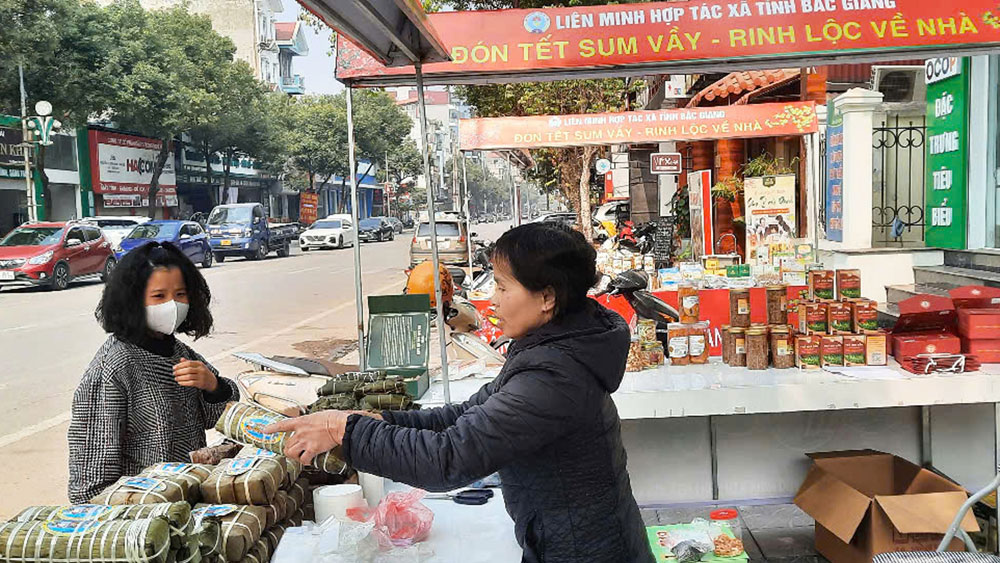
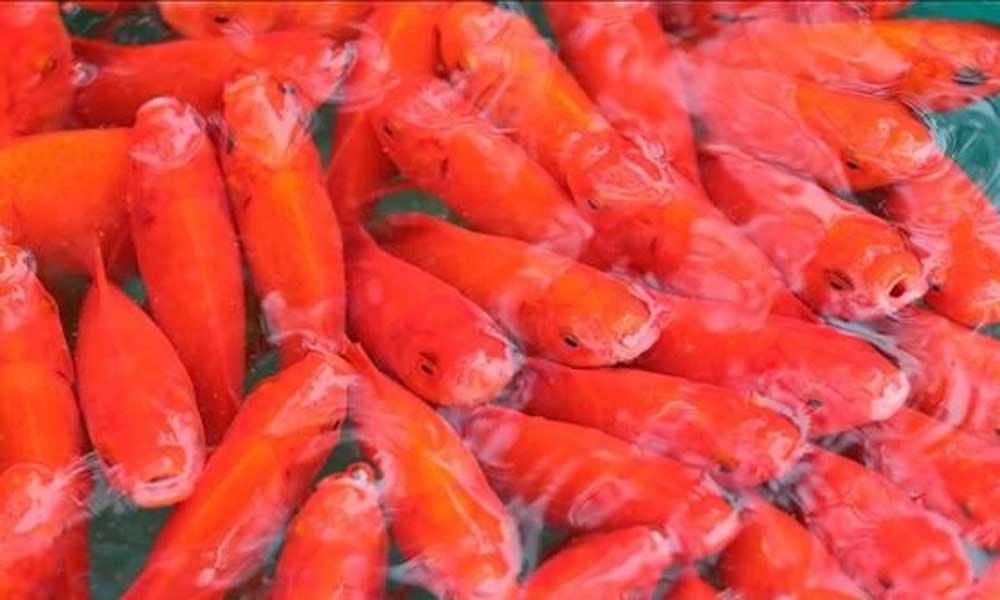

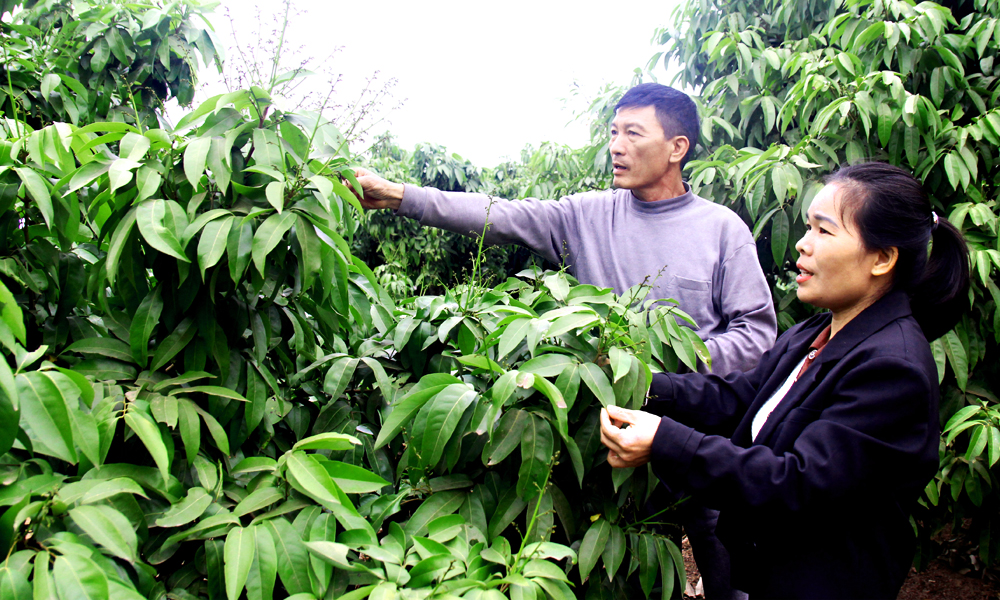

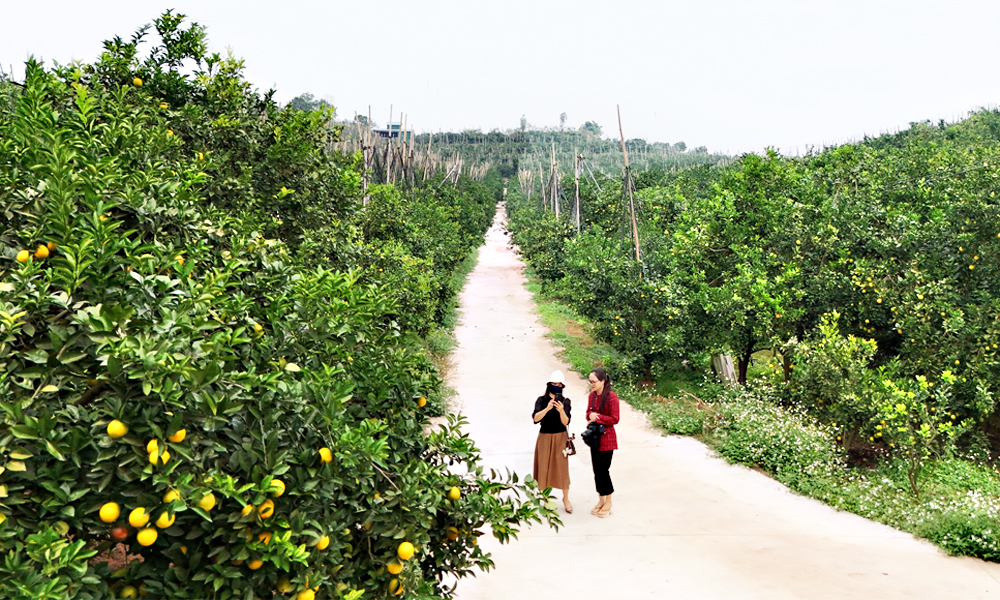

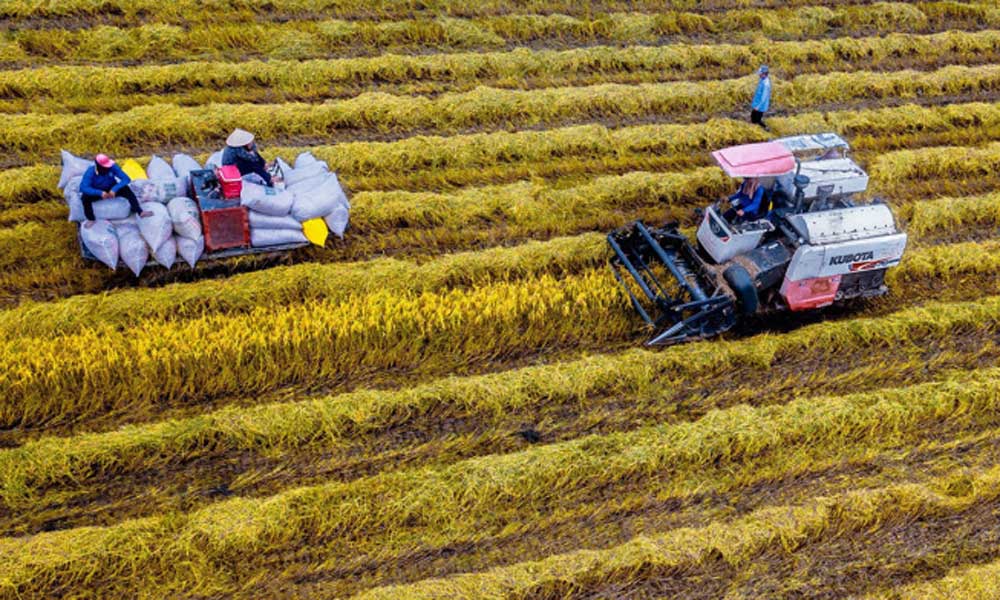
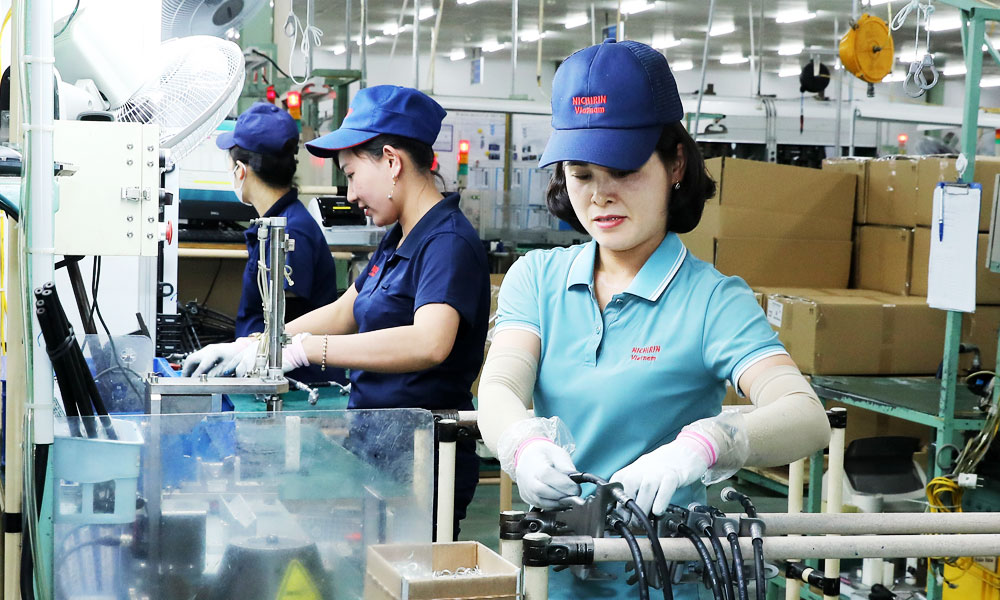


Reader's comments (0)